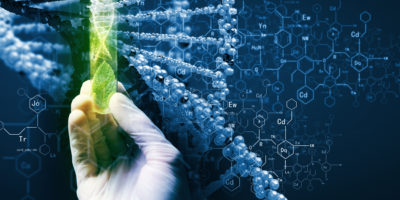The therapeutic effect of enterosorption
The therapeutic effect of enterosorption is due to the direct and mediated effects of adsorbents. The direct effects are binding and elimination of toxins, toxic metabolites, biologically active substances (neuropeptides, prostaglandins, serotonin, and histamine), pathogenic and opportunistic microorganisms, as well as viruses out of the gastrointestinal (GI) tract. The mediated effects are related with reduction or mitigation of toxic and allergic reactions, prophylaxis of endogenous intoxication, reduction in the metabolic load on the excretory organs that perform detoxification, correction of metabolic processes, restoration of integrity and permeability of the mucosa of the GI tract, as well as stimulation of intestinal motility.
Table direct and indirect therapeutic effects of enterosorption
Direct action
Sorption of toxins and xenobiotics incoming per os
Sorption of endogenous secretion and hydrolysis products
Binding of gases
Irritation of GIT combining sites
Stimulation of intestinal motility
Indirect action
Prevention or reduction of toxic-allergical reactions
Correction of metabolism and immune status. Correction of disbalance of biologically active substances
Regeneration of integral and permeable mucosa
Improvement of intestinal blood supply
Potentiating correcting and detoxification effects.

Pathogen – any living organism or other agent which is the cause of disease.
Allergen – any substance capable of producing specific hypersensitivity.
Toxin – any poisonous substance of biological origin i.e endotoxins
Enterosgel has two mechanisms of adsorption
Enterosgel has been shown to have higher affinity for adsorption to higher molecular weight compounds (>1500Da), such as proteins and bacterial endotoxins” and “Enterosgel has two mechanisms of adsorption:
- physical adsorption of low and medium weight solutes;
- co-precipitation in the gel of compounds of high molecular weight such as blood plasma proteins, enzymes and bacterial toxins.” Published text by V.G. Nikolayev (2010)
Enterosgel® is to be used as ancillary treatment to other standard management therapies for acute enteric intestinal complaints.
Register to get access to the Enterosgel data base.
New-generation enterosorbent Enterosgel
New-generation enterosorbent Enterosgel, which has a high selective sorption activity and selective spectrum of activity towards GIT microflora. Enterosgel is an organosilicone adsorbent for removal of toxic substances from the body, correction of microbiocenosis and recovery of the mucous membranes in the GIT epithelium. Sorption and detoxification properties of Enterosgel are provided by its porous globular structure, preferably with pores of average diameter.
Enterosgel bactericidal properties are expressed through its, binding and removing pathogenic microorganisms and their metabolic products from the GIT. The drug does not inhibit saprophytic GIT microflora of the digestive tract. By absorbing the mucosa irritating substances (exotoxins and endotoxins of pathogenic bacteria, toxic metabolites), Enterosgel, with its regenerative action, helps to restore mucous membranes. It enhances immune defence of the epithelial barrier in the mucous membranes, increasing Ig A level. In connection with the above said, in the research clinical efficacy and safety of Enterosgel@ (active ingredient polymethylsiloxane polyhydrate) has been investigated. The effect of the study drug on the dynamics of clinical symptoms, laboratory and morphological parameters, psycho-emotional indicators and quality of life were evaluated. The objective of this study was to determine the efficacy and safety of Enterosgel designated for treatment of H. pylori-associated diseases of the upper GIT.
